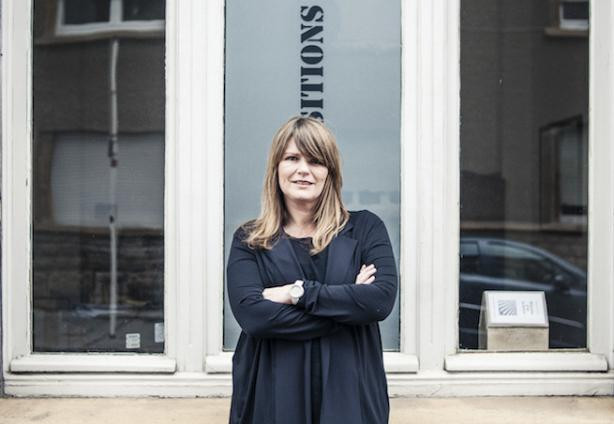Public interest in architecture has grown significantly since the Fondation de l’Architecture et de l’Ingénierie au Luxembourg was founded back in 1992. The logical development of this, says Fondarch director Andrea Rumpf, has been for the institution to rethink its strategy and also to come up with a new structure for its public activities. The result is LUCA, the Luxembourg Centre for Architecture.
“It is a name that better suits our activities,” Rumpf tells Delano. “It reflects the name of similar centres in other European cities.” The Fondation will retain its status as the grouping of Luxembourg’s architecture and engineers, but LUCA will be the very public face of the institution in Hollerich.
“It widens our public reach, but also explains what we do.” A new logo plastered on the centre’s main building and across all media will give LUCA considerable visibility. But the centre is not just gaining a superficial new look.
Rumpf explains that it will be seeking to create a programme of events, exhibitions and debates that not only provide cultural diversion, but also actively contribute to the debate surrounding architecture in Luxembourg. “It is our aim to identify problems in the building sector and develop a programme that will provide solutions and ask the pertinent questions.”
In November, when Luxembourg presides over the EU council, it will host a European Forum for Architectural Policies conference. “This is interesting in allowing Europeans to learn from each other. For instance the Nordic countries are way ahead, and others want to see how their model can be applied.”
Rumpf wants architecture to be recognised for its cultural social contribution, not just for its aesthetic and commercial value. Events like the Stadgespréich series of debates at the Cercle Cité, or its Walk and Talk tours of city neighbourhoods, have given the public more confidence to take an interest in architecture knowing that they will be taken seriously and will not be swamped with technical jargon.
“We are literally taking architecture to the people and talking to them,” says the director.
